The toilet is leaking after flushing: possible causes of the malfunction and how to eliminate them
Any leakage in the plumbing fixture or in-house communications is a problem associated with financial losses, so it must be addressed immediately. If the toilet flows after flushing, or the sound of a babbling brook periodically comes from the toilet, it's time to check the condition of the tank. Do you agree?
We will tell you about the most common breakdowns that happen with plumbing equipment, which is mandatory for furnished housing. Here you will learn how to deal with them on your own. Based on our advice, you can eliminate such situations and competently repair an important device for life.
The content of the article:
The first signs of water leakage
The flush function involves a long or short-term flow of water into the toilet bowl in order to cleanse it of waste products. The process begins with pushing the button built into the tank, and ends arbitrarily or by a second press.
Instead of a button, there may be a lever or handle on a chain, as in retro models, but such options are extremely rare.
By clicking on the button we control drain valve. It is associated with a locking mechanism, which at the end of the drain opens the way for a new portion of water from the cold water system. Thus, flushing occurs only at the request of the user.
If water flows into the toilet after flushing or, even worse, constantly flows in a thin stream, it's time to check the tank fittings - one of the parts is out of order.

But first, you must determine that the leak is indeed present.
The following factors indicate the malfunction of the drain:
- a constant or periodically appearing characteristic sound of bubbling water;
- rusty and limestone stains at the water outlet;
- constantly wet inner wall of the toilet, close to the tank, even if the toilet has not been used for a long time;
- unusually long and weak flushing process - volley discharge is considered the norm;
- the appearance on the pipes and tank of condensate, which has never been.
The last symptom is associated with the constant movement of cold water through the pipe, while under normal conditions the water is used periodically and has time to warm up to room temperature until the time of descent.

Sometimes the cause of smudges lies in the dirt that has accumulated at the bottom of the water tank. In this case, it is enough to apply thorough cleaning of the inner surfaces of the tank. To do this, drain and block the water, gently pull out the fittings and with the help of a brush and cleaning products remove the sediment accumulated on the bottom and walls.
If operational cleaning does not help, you will have to get acquainted with the design of the drain mechanism.
We disassemble the tank device
There are several common reinforcement designs that can be called typical. Among them, an outdated type of drain device with a rubber bulb, assembled according to the simplest scheme and suitable for tanks with side piping.
This is a rare phenomenon uncharacteristic of modern models. We turn to the current type of fittings, consisting of two modules: drain and float.
The float on a thick metal wire was improved and turned into a more complex design, blocking the water supply not from the side, as before, but from below, although side models are rarely found. The position of the float from them is regulated, so you can dose a portion of the discharged water.
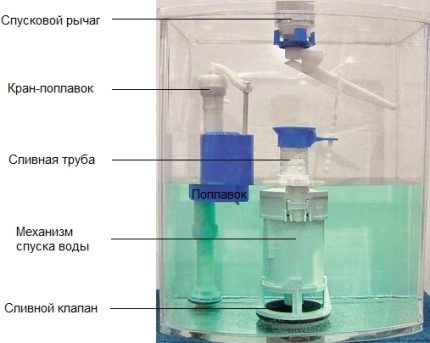
Due to the similarity of valve models, it is easy to replace the entire structure or change individual parts: whether there is a drain float mechanism or a drain lever.
To understand how each element is arranged individually, you can disassemble the model installed in the tank. Of course, before this you need to observe safety measures: block the flow of water on the riser or eyeliner and empty the tank.
All parts are unscrewed manually or using a set of keys. There are almost no metal parts, instead of them only plastic elements have been used for a long time. They are quite durable, do not deform when interacting with hard water, do not rust, and are well cleaned with household chemicals.
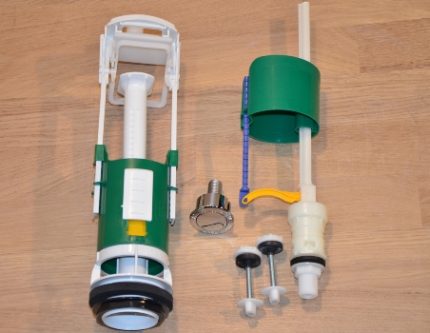
The sizes and colors of parts from different manufacturers may vary, but the principle of operation is exactly the same. Therefore, if the seal has worn out and a trickle of water is constantly leaking from the tank into the toilet bowl, it is not difficult to find a replacement.
For fidelity, you can measure the diameter of the ring or just show the seller an old gasket.
Common problems and solutions
There are several reasons for the leak. Drain problems may be caused broken float, failure of the drain column, clogged in the valve parts with dirt, wear of rubber seals. Let us dwell on common cases of smudges and choose the best ways to solve problems.
Water is constantly flowing
One of the obvious signs indicating the need for urgent repair is a thin stream of water. If filters are not installed at the outlet of the highway from the riser, over time the “channel” of the brook is covered with sediment from rust and mineral deposits. If water constantly flows in the toilet - what should be done in such a situation?
Initially, the cause of the leak should be identified.It is clear that this is not a toilet bowl or installation errors - the roots of trouble must be sought inside the tank. To begin with, look under the cover and try to identify the damage visually. If this does not work out, we dismantle toilet flaps in the following order.
If the drain mechanism without tank dismantling impossible to get, first remove the tank. To do this, unscrew the two mounting screws located on the bottom of the toilet shelf.
The above instructions are universal and suitable for the repair of drain valves. And now let's move on to specific breakdowns.
The first reason - the float mechanism failed
Fortunately, this trouble can be determined without removing the tank: you just need to look under the lid. If the float ceases to fulfill its function, then it does not rise to the desired level, but is constantly in one place.
It does not respond to the increased volume of water in the tank; as a result, the overflow system is activated and water pours into the toilet. Most likely, the float has lost its tightness and is drowning.
The second option - the mounts broke. In any case, the broken model must be replaced with a new element. To do this, remove the old float and take it with you, so that in a specialized market you can present it to the consultant as a sample.
If after the next filling of the tank the flow stopped, the problem is solved. But as insurance, it’s worth watching the mechanism for a few more days.
The second reason - the rubber seal has become unusable
A sealing ring made of polymer or rubber is the weakest point of the drain mechanism. It is located directly at the outlet of the water stream, therefore, at the same time it serves as a barrier that delays a variety of dirt, sediment, and mineral deposits from pipes. As a result, the gum is either dirty or frayed and frayed.
In the first case, it must be cleaned, and in the second, replacement is required. The remaining parts of the drain column are reliable, in other words, this part has nothing more to break. Cleaning the valve is as follows.
If during cleaning you notice that the o-ring is damaged, it is better to install a new part. Signs of damage - deformation, cracks, microcracks, general deterioration. Even if it still retains its functionality, after a while it will again pass water.
Leak occurs after flushing
Sometimes you can observe the following picture: a flush occurred, and after it for some time, water flows intermittently or even with a confident trickle into the toilet. Then the flow stops, but after the tank is full.
Water losses are small, but even with a temporary leak, money flies away, and the toilet bowl is slowly covered with plaque.
There may be several reasons:
- defective valve parts;
- skew of the drain column;
- partial clogging in the zone of water discharge;
- failure of a small element of one of the valves.
To find out what’s the matter, you need to make a visual diagnosis, and if necessary, dismantle the drain mechanism or float valve.
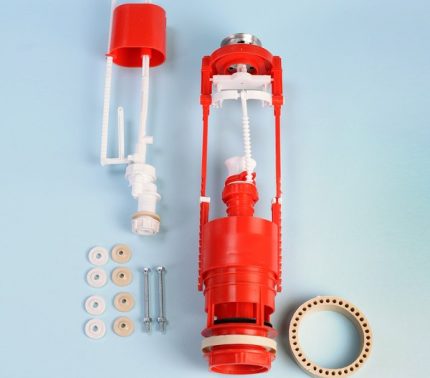
The skew of the drainage mechanism can be noticed right away - the water release button starts to jam or even fall down. You need to remove the cover and see why the column has lost stability. Perhaps she moved slightly out of the nest and changed her position. Correct the situation easily by returning the valve to its place.
It also happens that a rather large mineral particle penetrates under the o-ring and enters the tank with a stream of water from the pipe. As long as there is little water in the tank, the pressure on the valve is weak, and fluid continues to flow into the toilet.
As soon as the tank is full, the pressure on the seal increases. It clamps a piece of mineral sediment and blocks the flow. Cleaning the tank will correct the situation.
Home craftsmen like to improve factory parts, and even in such a simple design as a drain valve, they manage to find flaws. Here is a simple example of how you can get rid of a minor but regular water leak immediately after flushing.
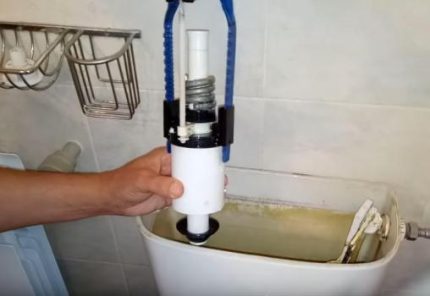
Even if the tank is empty, the load will press on the seal, thereby creating one hundred percent tightness. In this case, even slight wear of the rubber will not spoil the valve's functionality.
Leakage Prevention
To prevent leakage in the toilet at the most inopportune moment, you should monitor the condition tank fittingsas well as regularly carry out preventive measures.
The main and at the same time the simplest is the cleaning of all parts, as well as the internal surfaces of the tank. Upon careful examination, you can notice that even for a short period of time, the walls and bottom are covered with red coating, mineral deposits and even a substance similar to silt.The composition of the contaminants depends on the quality of the water.
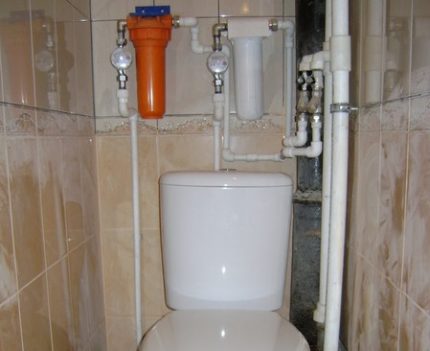
From time to time, it is advisable to check the condition of the sealing elements, fasteners and parts that are at the joints in order to allow for a strong leak. A small amount of moisture indicates that the connection is leaking. Accordingly, it is necessary to tighten the nuts or replace the seal.
Timely minor repairs and regular cleaning will save you from water leaking into the toilet, therefore, from unnecessary costs. An important factor that saves water, clogging and breakage is competently executed armature adjustment, with the features of which we recommend that you familiarize yourself.
Conclusions and useful video on the topic
The best plumbing device repair advisers are experienced homeworkers. The results of their work can be found in the following videos.
Video # 1. Replacement Instructions:
Video # 2. To avoid buying a new set of fittings:
Video # 3. Replacing the old float with a new model:
All work related to cleaning or replacing drain valves can be done independently. If you cannot find a breakdown, but you need to urgently fix a leak, you can simply install a new valve - its cost is low.
It is advisable to contact plumbers in one case: if you tried to correct the situation on your own, but failed for some reason.
Do you want to talk about how you independently eliminated a leak in the toilet? Is there any useful information that you want to communicate to site visitors and us? Please write comments in the block below.

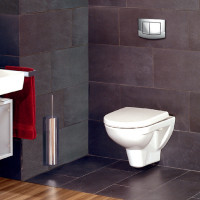 Repair of the installation for the toilet: possible malfunctions and methods for their elimination
Repair of the installation for the toilet: possible malfunctions and methods for their elimination 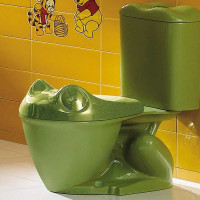 What to do if the drain tank does not hold water: causes and methods for troubleshooting
What to do if the drain tank does not hold water: causes and methods for troubleshooting 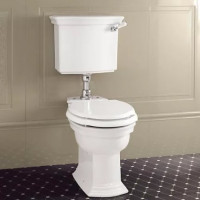 Why the toilet bowl sweats: the causes of fogging and how to eliminate them
Why the toilet bowl sweats: the causes of fogging and how to eliminate them  How to eliminate a leak in the toilet: determining the cause of the leak and how to fix it
How to eliminate a leak in the toilet: determining the cause of the leak and how to fix it 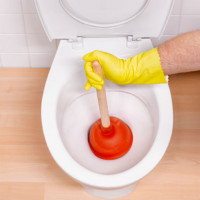 How to clean your toilet yourself: the best ways to eliminate blockages
How to clean your toilet yourself: the best ways to eliminate blockages 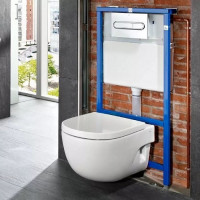 How to fix a toilet installation: popular breakdowns and how to fix them
How to fix a toilet installation: popular breakdowns and how to fix them  How much does it cost to connect gas to a private house: the price of organizing gas supply
How much does it cost to connect gas to a private house: the price of organizing gas supply  The best washing machines with dryer: model rating and customer tips
The best washing machines with dryer: model rating and customer tips  What is the color temperature of light and the nuances of choosing the temperature of the lamps to suit your needs
What is the color temperature of light and the nuances of choosing the temperature of the lamps to suit your needs  Replacement of a geyser in an apartment: replacement paperwork + basic norms and requirements
Replacement of a geyser in an apartment: replacement paperwork + basic norms and requirements
The eternal problem of water leakage after flushing, regardless of when it was last done, touched us. What we just didn’t do: we cleaned the rubber seal and changed the defective parts of the valves and put in a new float mechanism. However, the problem periodically arose again and again, and the reasons, as it is not strange, were always different. Having fixed another leak problem, I began to carry out prophylaxis.
It is not difficult to identify the cause of the leak and eliminate it yourself using the minimum set of tools and consumables. If water forms on the floor, it is necessary to check the joints in the areas of localization of the structural openings of the tank and, if necessary, to ensure a tight joint, install a new gasket.
It turns out that women can do it! So I decided to independently figure out why sometimes water leaks in the toilet after it is typed. Merged, unscrewed everything that is possible (I was afraid that I would not collect it later), cleaned it from plaque, cleaned the gaskets, put everything in place, and now it is a miracle - it does not leak anymore!
Apparently the sand that came with water and remained on the gaskets (the house is a new building) - it was cleaned and everything was ok! It turned out that I was also a plumber. What has our life brought to ...
Yes, just change the gaskets and the toilet will leak less often. We still have in the toilet everything native from am pm. He had no smudges.
If you decide to fix the leakage tank flush problem yourself, but there is no experience at all, then the problem can begin already by removing the cover. Do not remove cover until flush button is removed. And the mounting system is different for different manufacturers. As a rule, a small guide goes to the toilet when selling. Do not throw it away after installation! Here in mine, you just need to pry a button with a narrow screwdriver, and then use a special key from the kit to unscrew one plastic nut. And then we look at the text.
In 90% of cases, water leaks from the tank into the toilet bowl due to some breakage of the shutoff valves. It can be either the parts of the reinforcement themselves or the gum (by the way, most often it becomes stiff and clogged). The problem is that it is quite difficult to find individual parts of this armature and you have to spend money on the entire kit. Flushing the seal also does not always save. Someone holds it in boiling water for softening. But if rubber has been around for many years, then you need to change it, since it lends itself to natural destruction.
Just pour boiling water into the tank. 95% guarantee.
95% guarantee of what? That the tank will crack from a temperature difference and the seals are deformed? Even in washing machines, when washing 90 degrees, it is thought that the water mixes with the cold when draining. The article details how to deal with a problem without such strange solutions.
Thanks for the advice, fixed the barrel, the water flows as it should!
Truly: from the funny to the great, one step. I wanted to change the gasket, I did not find it. I took your advice with a pig, tied a nut and the problem is gone.